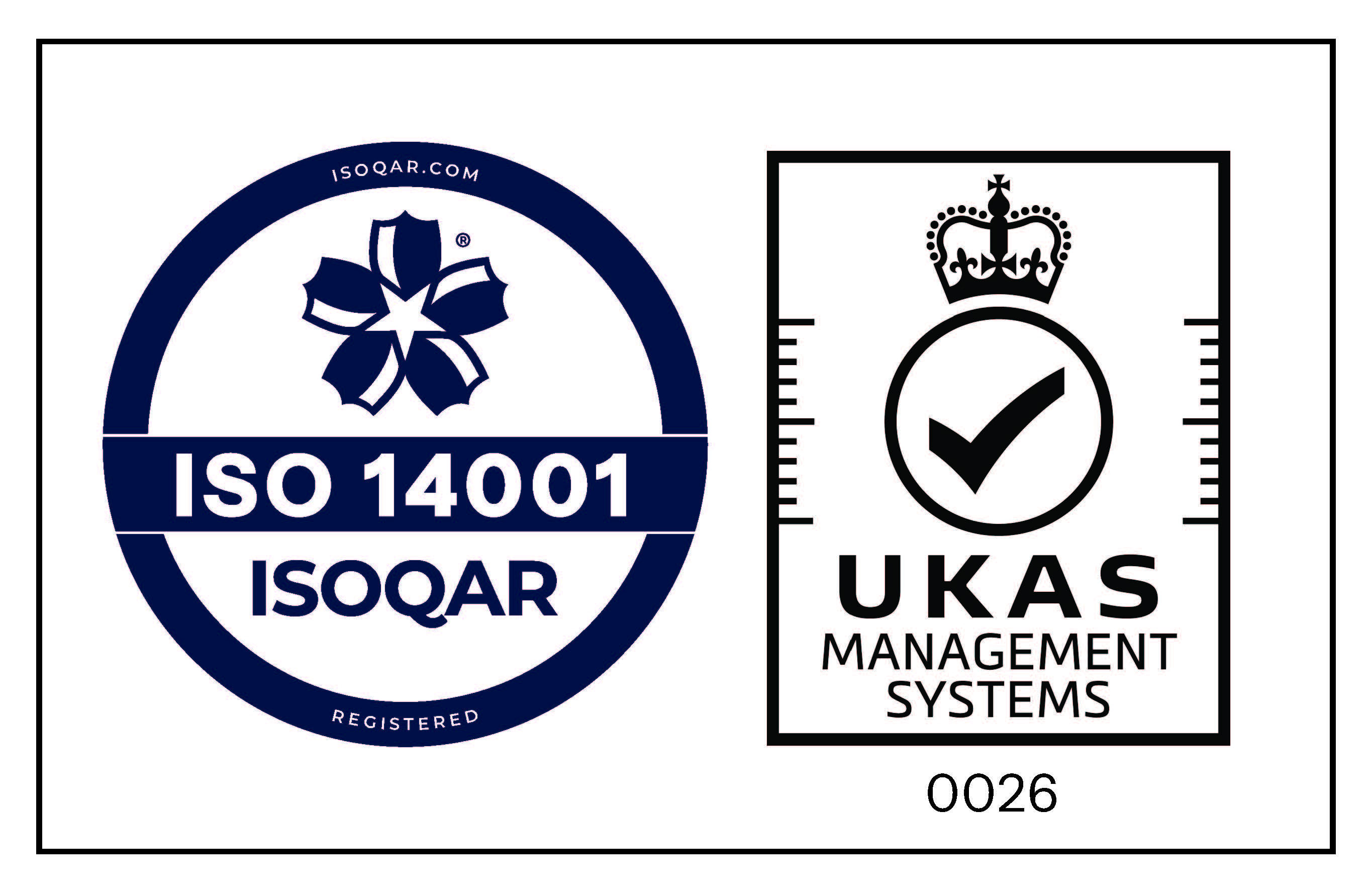Pattern making is the process of creating a detailed physical model or template used to produce moulds and parts. It’s crucial because accurate patterns ensure high-quality manufacturing, reduce errors, and save time and cost in production.
In composite production, a pattern is the starting point and is the foundation of the entire manufacturing process. The pattern is the original model or shape used to create a mould, usually made from a workable material like wood, which represents the characteristics of the final part. Patterns are crucial because they directly influence the quality, accuracy, and consistency of every part produced. A well-made pattern ensures that the mould, and ultimately the finished composite component, is fit for purpose and to design specifications.
Precision patterns are commonly made from materials like high-density foam, wood, or metal, using techniques such as CNC machining, hand finishing, and composite lay-up. These methods ensure durability and exact dimensions.
Precision patterns can achieve tolerances within a few thousandths of an inch (microns), enabling exact replication of designs and ensuring moulds produce parts that meet strict quality standards.









